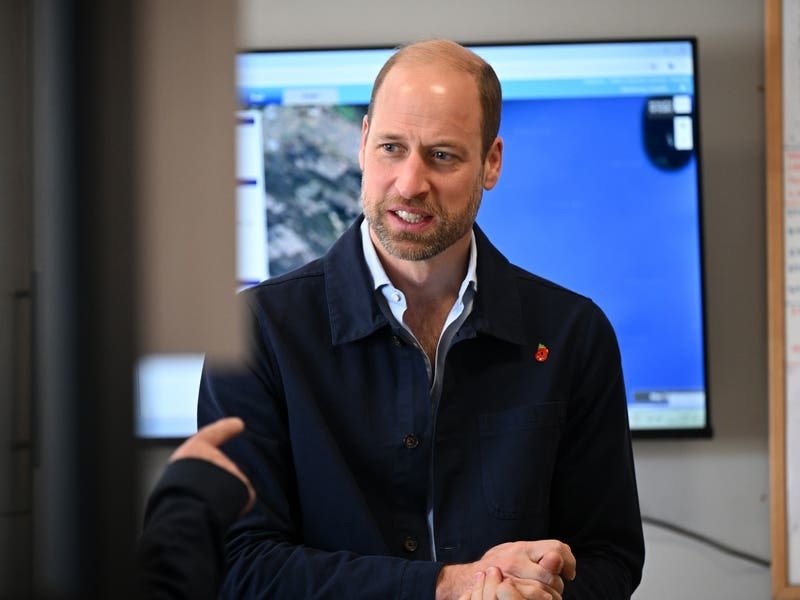Rowland Huelin
ONE of Jersey’s objectives must be power sovereignty, which put simply is to be 100% self-sufficient using local sustainable energy.
Two recent developments are, therefore, greatly encouraging. However, I fear they are only going to solve part of the problem.
It was interesting to learn of the investment in tidal power by the French off Alderney. And then Jersey Electricity’s brave announcement to build a one gigwatt/hour wind farm off Jersey’s south-westerly coast at an estimated cost of £2-3 billion.
Power sovereignty will make us (forgive the pun) a very powerful island state. Today we seem to have a good deal with EDF in France, both financially and environmentally. The power we import is about 66% nuclear and 33% hydro, according to the Jersey Electricity Company’s website, but we are still reliant on another nation’s politics and their price points. Who remembers the French politician who threatened to cut off our supply over the fishing dispute a few years ago? And then there’s Ukraine!
As we strive to be not only independent, but sustainable, the local challenge cannot be underestimated. Our current sustainable plans fall short and we will have an electric-energy gap.
The recent Statistics Jersey Energy Trends report states that of all our power usage only 38% was electricity, the balance being 58% oil and 3% gas. Last year we used 613m K/w hours, according to the JEC’s 2022 annual report. That is 0.613 gigawatt/hours. So, if we are to replace all fossil fuels with electricity that number will nearly treble to circa 1.8 gigawatt hours. This is far more than the one gigawatt/hour wind option, and we are being told it is seven to eight times our island requirements.
There are three main sources of sustainable energy – tide, wind and solar. Each have strengths and weaknesses. Solar has the advantage of being available to the consumer market, but is only available to anyone who has a roof or a garden.
The downside is that it’s only 20% efficient. That means it only produces energy 20% of the time. Wind power is established, but unsightly and only 40% efficient.
Tidal is still relatively immature and subject to tidal movements, and is 85% efficient. Far better than the other options.
It has the significant benefit of being totally predictable. The tide goes up and down twice a day everyday. You can’t say the same about wind and solar which are unpredictably intermittent. The key here is to use the ideal blend of all three for the Island’s unique requirements. The average percentage efficiencies will obviously vary from location to location.
The cost of tidal power production is falling. According to Offshore Renewal Energy Catapult, the UK’s leading technology research centre for offshore renewable energy, capital investment in tidal power will reduce from £260 per megawatt/hours today to £60 over the next 20 years.
Therefore, my arithmetic says that the capital cost to power our island will be £367.8m. We know that we will have to replace 62% of our fossil fuel usage with electricity so that investment will increase to £1,100m. It is an attractive proposition compared with the wind farm option currently on the table.
Given the inefficiency and unpredictability of wind power, it is difficult to see from the numbers how we will have a surplus to sell, and how we will be able to predict matching demand with any surplus. The solution is, of course, the development of electricity storage (battery farms), but that is another subject.
JEC’s annual turnover on electricity sales is £89.7m This will, ignoring inflation, increase to about £270m when all fossil fuel power is replaced by electricity provided by JEC, which has to be the Island’s ultimate goal. This, at the predicted investment cost of £60 per megawatt/H is a 40-year pay-back, which for major infrastructure projects is both doable and acceptable.
There are other potential benefits.Tests are under way at Rolls Royce to use green hydrogen produced by tidal and wind power in the Orkneys to power aircraft. What this means is that Jersey could develop a separate spin-off business supplying fuel for the future for cars, household boilers, visiting cruise ships – the possibilities are endless.
A blended solution of all three means that when the less efficient, and today cheaper, options are working well, then there will be excess capacity from tidal to produce green hydrogen for either locally-used power or indeed a new export business. Unlike electricity, hydrogen can easily be stored although it is expensive to transport.
According to Offshore Renewable Energy Catapult, tidal power will contribute £17bn to the UK economy and create 45 jobs per megawatt deployed. I note JEC say that a few hundred jobs will be created, most likely maintaining the wind farms. This is worthy, but not exciting. We must therefore explore how Jersey can secure some of that tidal-power revenue.
I accept that tidal power isn’t ready today to meet all our island needs. A great advantage is it is modular enabling us to start small today, build knowledge and expertise as the technology develops, efficiency improves, and the price point reduces. We could then have a great opportunity to become experts in this very exciting developing area of sustainable power.
Such expertise could make Jersey a centre of tidal-power excellence whose skills, and potential spin-off products, could be sold globally. Currently the Orkney islands are leading the way in building this expertise. This includes understanding the geographic uniqueness of all locations and how that can be translated to ensure maximum efficiency and the ideal blend of all three sources.
My experience in the world of tech tells me that progress, when there is a clear need and investment, accelerates the development of new ideas and they reach the critical price point for wide-scale use far faster than you expect. Think mobile phones, which were initially held back by poor battery life.
Tidal power must therefore be included in today’s strategic goals of becoming carbon neutral, and most importantly power independent. It should be part of a blended answer, along with solar and wind power, to achieve those stated aspirations. And we must look at the various by-products that can significantly help our economy for the years ahead.
Time to be brave and visionary and include tidal when planning our island’s future for the decades ahead. Tidal power is coming, and coming fast, and we must be ready.
And when the JEC are looking for Islanders to invest in tidal power, I’ll be at the front of the queue.
-
Rowland Huelin was Deputy for St Peter between 2018 and 2022 serving as an Assistant Chief Minister under John Le Fondré. Before returning to Jersey in 2014 he worked in the high technology industry for over 30 years. Feedback welcome on Twitter @chooserowland or rowland_huelin@icloud.com.






